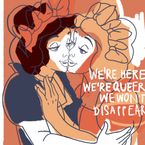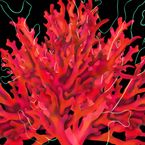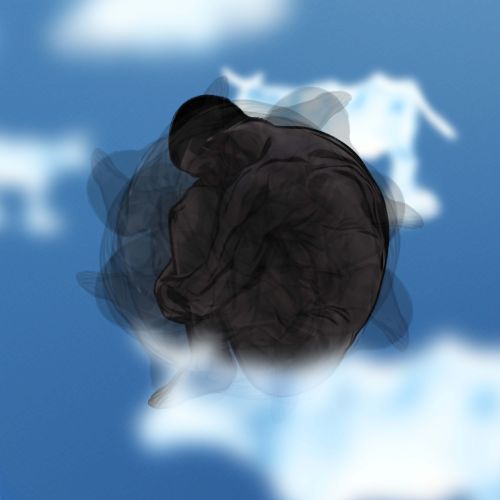Cuban crocodiles, Scottish golden eagles and Canadian caribou
Cuban crocodiles, found only in the swamps of the Zapata peninsula and Isla de la Juventud, are critically endangered and live in the smallest space of all the species of these reptiles. Their enemies include poachers, climate warming, which changes the sex ratio of juveniles, and interbreeding with American crocodiles, which disrupts the genotype of the species. Local scientists, who run a crocodile hatchery project and release a few hundred into the wild each year, estimate that there are about 4,000 representatives of Crocodylus rhombifer in the Cuban swamps.
In British Columbia, a project led by indigenous people has established a carefully guarded enclosure on the slopes of the Selkirk Mountains to protect pregnant caribou and their new-born calves. The enclosure is surrounded by an approximately 1km-long geotextile wall and protected by two layers of electrified fencing. Inside there is a wide meadow and dense forest, and the animals in the enclosure are looked after by First Nations members, known as caribou wardens. Since 2014, the herd has grown from 36 to nearly 135 animals. The success has set an example for indigenous communities struggling with catastrophic biodiversity loss.
As part of the South of Scotland Golden Eagle Project, six more golden eagle chicks have been relocated to southern Scotland, where a total of around 39 individuals of this species already live. This is the highest number in that area for 300 years. The young birds, after being reared and prepared for their new conditions, were released near Moffat Hills this summer.


























